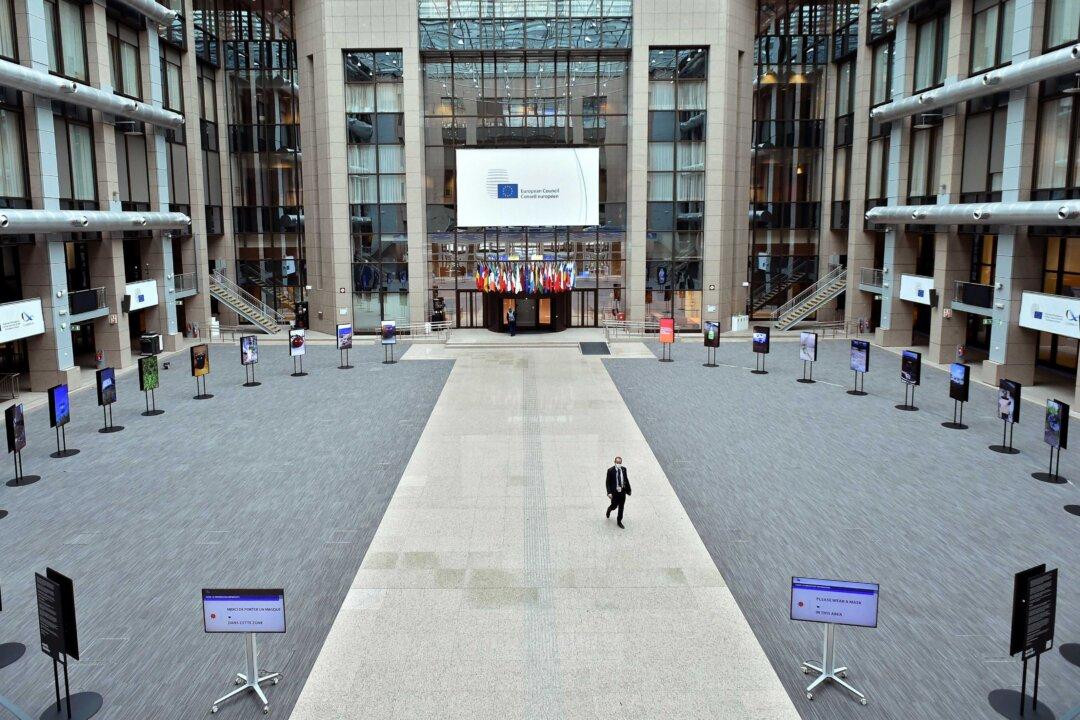Commentary
The U.S. jobs recovery slowed slightly in September, but the employment recovery is still faster than in most comparable economies.

The U.S. jobs recovery slowed slightly in September, but the employment recovery is still faster than in most comparable economies.